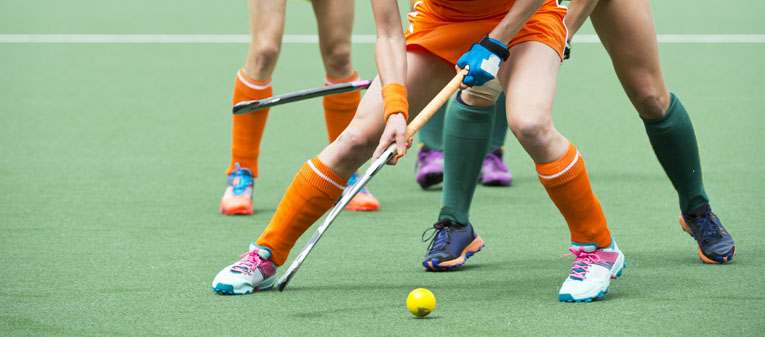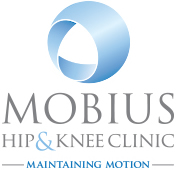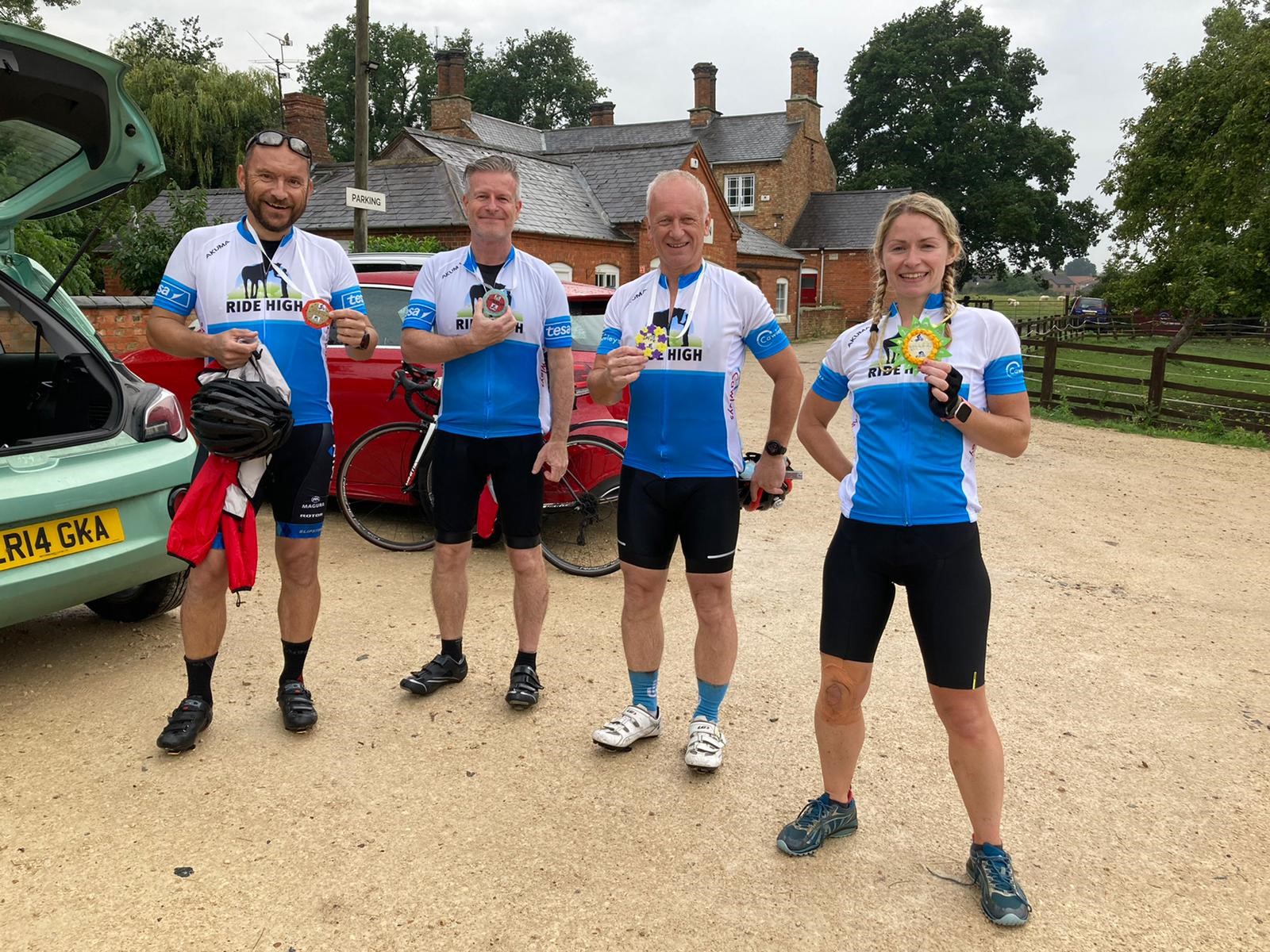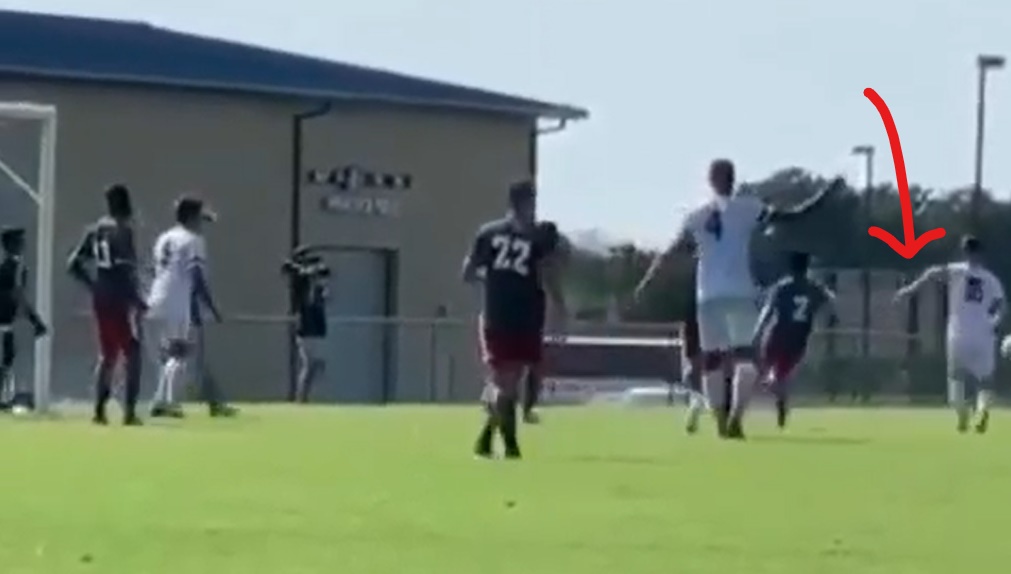
Treatment
Do your hips or knees hurt? These joints must bear the full weight of your body whilst allowing for a wide range of motion. Injury, wear and tear, and simple genetic predisposition can all contribute to hip or knee pain. Depending on the cause of your pain, the solution might be a set of exercises, pain relief medication, minor/major surgery, or a combination of these.
Exercise/Physiotherapy
It is widely known that regular exercise is one of the best ways to control many types of pain and medical problems. A strong and healthy body can reduce or even eliminate the need for many types of medication over time. It can control weight and prevent metabolic syndrome including Type 2 Diabetes.
Physiotherapy works to strengthen your muscles and helps to heal the body. It is useful after injury or illness to rebuild weakened muscles. Today’s more sedentary lifestyle has led to several issues that can affect your quality of life. Regular exercise can have a significant impact on you health and wellbeing and for some illnesses, such as stroke, regular exercise has been found to be particularly effective in recovery.
Exercise also helps to rebuild the core muscles of the back. Weakened core muscles are one of the major causes behind most types of back pain. Programs and physiological stretches and exercises will strengthen and tone the core muscles. When combined with even a low level of aerobic exercise, such as walking, you will see increased blood flow and feel better overall.
Structured workout regimes under our trained professional physiotherapist’s supervision will give you the best possible outcome.
RICE after injury
Minor injuries, such as mild sprains and strains, can often be initially treated at home using ‘RICE’ therapy for two or three days. The term ‘RICE’ stands for Rest, Ice, Compression, and Elevation. It can be helpful for sports injuries, closed fractures, and degenerative joint problems.
The primary goal of RICE is to bring pain and swelling under control as quickly as possible. It should be started as soon as any pain and swelling occur, and used until there is healing of minor injuries or until more complicated treatment has been initiated.
Rest: Rest is needed for the healing of injured tissue. Otherwise, movement and weight-bearing can continue to aggravate the injury and can cause increased inflammation and swelling. After injury and in the initial stage, one should look to reduce or stop using the injured area for 48 hours. For example, if you have a leg injury, you may need to stay off it completely (i.e. non-weight-bearing). You may need to use assistive devices or mobility aids to avoid using the injured joint or limb.
Ice: Ice is useful for reducing pain and inflammation associated with an acute injury. Ice can be applied 4 to 8 times a day for 20 mins each time if preferred. Icing is most effective if done the first couple of days after the injury has occurred. You can use a cold gel pack or a plastic bag filled with ice. Make sure there is some layer of material between ice and skin to avoid cold injury.
Compression: Compression of an injured or painful ankle, knee, or wrist helps to reduce the swelling. Elastic bandages are most commonly used. However, special boots, air casts, and splints can serve a dual purpose of compression and support too.
Elevation: The injured part of the body (e.g. leg or ankle) should be elevated above the level of your heart to optimise venous return to the heart. You should lie down and use pillows or cushions to help elevate the injured limb.
Hip
A guided hip injection involves inserting a small quantity of local anaesthetic and anti-inflammatory steroid into your hip joint. The procedure is performed in the operating theatre using an X-ray machine to guide the needle.
Read More
Arthroscopy is a surgical procedure that gives us a clear view of the inside of a joint. This helps us diagnose and treat joint problems. During hip arthroscopy, we insert an arthroscope into your hip joint. This camera displays pictures on a television screen. We may recommend hip arthroscopy if the patient has a painful condition that does not respond to nonsurgical treatment. Nonsurgical treatment includes rest, physical therapy, and medications or injections that can reduce inflammation.
Read More
Open surgical hip dislocation refers to a procedure in which the ball-and-socket hip joint is surgically dislocated so that the natural hip joint can be repaired. Open hip dislocation can be an extremely effective way to correct complex hip disorders while preserving the natural hip joint.
Read More
The hip is a ball-and-socket joint. The socket is formed by the acetabulum and the ball is the femoral head. The bone surfaces of the ball and socket are covered with articular cartilage - a smooth tissue that cushions the ends of the bones and enables them to move easily. In a healthy hip, the synovial membrane makes a small amount of fluid that lubricates the cartilage and eliminates almost all friction during hip movement. Bands of tissue called ligaments (the hip capsule) connect the ball to the socket and provide stability to the joint.
Read More
In the majority of cases, total hip replacement enables people to live richer, more active lives free of chronic hip pain. Over time, however, a hip replacement may fail for a variety of reasons. In a revision total hip replacement, we remove some or all the parts of the original prosthesis and replace them with new ones. Revision total hip replacement is a longer, more complex procedure that requires extensive planning, and specialised implants and tools to achieve a good result.
Read More
Knee
Knee arthroscopy gives us clear view of the inside of the knee. Technical advances have led to high definition monitors and high resolution cameras. These pieces of technology along with other improvements have made knee arthroscopy a very effective tool for treating knee problems.
Read More
The bone structure of the knee joint is formed by the femur, the tibia, and the patella. The ACL is one of the four main ligaments within the knee that connect the femur to the tibia. The ACL runs in the middle of the knee, preventing the tibia from sliding out in front of the femur, as well as providing rotational stability to the knee.
Read More
PCL prevents the tibia from moving backwards too far. An injury to the PCL requires a powerful force. PCL has two parts that blend into one structure that is about the size of a person's little finger. A common cause of injury is a bent knee hitting a dashboard during a car accident or a football player falling on a knee that is bent.
Read More
Three bones (femur, tibia and patella) meet to form the knee joint. Bones are connected to other bones by ligaments. In your knee, there are four primary ligaments including two collateral ligaments and two cruciate ligaments. Collateral ligaments are found on the sides of the knee. The medial collateral ligament (MCL) is on the inside and the lateral collateral ligament (LCL) is on the outside. They control the sideways motion of the knee. Cruciate ligaments (ACL, PCL) are found inside the knee. Direct contact to the knee or hard muscle contraction can injure a knee ligament. It is possible to injure two or more ligaments at the same time.
Read More
The knee is made up of the femur, the tibia, and the patella. The ends of these three bones where they touch are covered with articular cartilage, which protects the bones and enables them to move easily. The menisci are located between the femur and tibia. These C-shaped wedges act as "shock absorbers" that cushion the joint. Large ligaments hold the femur and tibia together and provide stability and the long thigh muscles give the knee strength.
Read More
In unicompartmental knee replacement or patellofemoral joint replacement, only a portion of the knee is resurfaced. This procedure is an alternative to total knee replacement for patients whose disease is limited to just one area of the knee.
Read More
In the clear majority of cases, total knee replacement enables people to live richer, more active lives free of chronic knee pain. Over time, however, a knee replacement may fail for a variety of reasons. In a revision total knee replacement, we remove some or all the parts of the original prosthesis and replace them with new ones.
Read More












